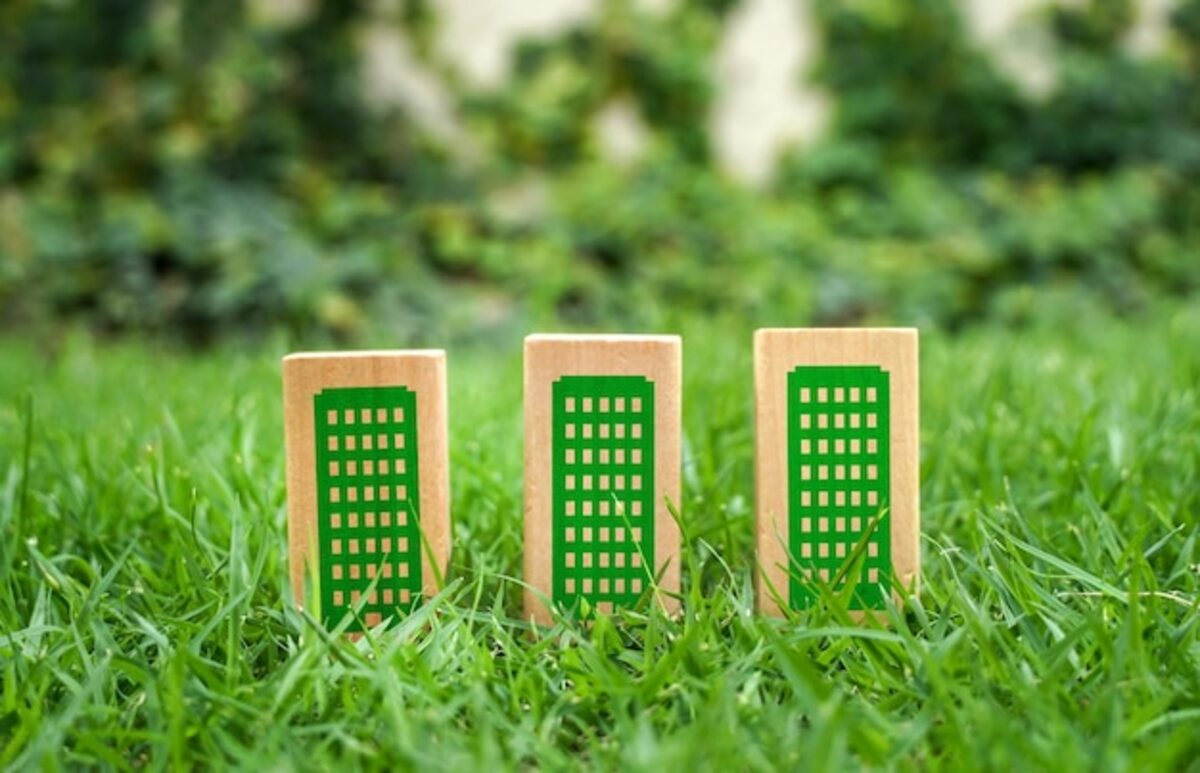The effect of sustainability on the appreciation of emerging areas.

The rise of sustainability is transforming the real estate landscape in emerging areas, and its impact on property values is undeniable. In this article, we will explore how eco-friendly practices and responsible development are elevating the value of these zones, making them irresistible options for investors and buyers. Understanding the factors that influence this dynamic will not only allow you to make more informed decisions but will also help you maximize opportunities in a constantly changing market.
1. The connection between sustainability and real estate value
The connection between sustainability and real estate value is becoming increasingly evident in the context of emerging areas. As buyers become more aware of the environmental impact of their decisions, the demand for properties that incorporate sustainable practices is on the rise. This interest not only translates into a shift in preference but also reflects in property prices. Homes with eco-friendly features, such as renewable energy systems, recycled materials, or energy efficiency, tend to have superior appeal and are perceived as smarter long-term investments. Thus, sustainability not only enhances the quality of life for residents but also acts as a powerful driver for real estate appreciation.
Moreover, government initiatives and urban policies are increasingly aligning with sustainable principles, which directly influences urban development and planning. Projects that integrate green spaces, sustainable transportation, and resilient communities are positioning themselves as models to follow in the real estate sector. This trend not only attracts investors interested in economic profitability but also those committed to social and environmental well-being. In this sense, emerging areas that adopt a sustainable vision may experience accelerated growth in their value by becoming benchmarks of innovation and social responsibility within the real estate market.
2. Success stories: Sustainable projects that drive added value
The implementation of sustainable projects has proven to be a significant catalyst for the increase in value in emerging areas. A notable example is the development of eco-communities that integrate green technology, such as solar energy systems and efficient water management. These projects not only attract environmentally conscious buyers but also generate a sense of community and well-being, which in turn elevates the area's appeal. Studies indicate that properties in these communities can experience value increases above the market average, becoming an attractive investment for those looking to maximize their long-term return.
Another successful case is the revitalized interest in urban spaces that prioritize sustainable mobility. Projects that include bike lanes, efficient public transport, and green areas have managed to transform previously neglected neighborhoods into desirable destinations. These initiatives not only improve the quality of life for residents but also promote a healthier and more accessible environment. As a result, properties located in these areas have seen a considerable increase in their value, as more and more people are looking to live in places where sustainability and innovation go hand in hand with modern lifestyle.
3. Why do consumers prefer green properties?
Consumers are increasingly aware of the importance of living in environments that are not only healthy for them but also for the planet. Green properties, those that incorporate sustainable technologies and eco-friendly practices, offer tangible benefits that go beyond aesthetics. From better energy efficiency that translates into lower bills to water collection systems and eco-friendly materials, these features make homes more appealing to a wide spectrum of buyers. This focus on sustainability not only promotes a responsible lifestyle but also reinforces the long-term value of the property.
Additionally, the growing demand for sustainable living spaces is driven by a generational shift in purchasing priorities. Millennials and Generation Z are actively seeking properties that reflect their environmental and social values; they prefer to invest in communities that prioritize collective well-being and respect for nature. This preference has led developers to adopt more responsible approaches in their real estate projects, ensuring that green properties are not just a passing trend, but a norm in the emerging market. As this collective awareness continues to grow, it is likely that sustainable properties will continue to appreciate in value, solidifying their place as a preferred option among modern consumers.
4. Responsible investments: The future of the real estate market
Responsible investments are gaining prominence in the real estate market, especially in emerging areas where sustainability has become an essential criterion for buyers and investors. Increasingly, people are looking for properties that not only provide a good return on investment but also respect the environment and contribute to a sustainable community. This means that developments incorporating eco-friendly technologies, such as renewable energy systems or water-efficient designs, are increasingly valued. As these practices are integrated into the real estate offering, a significant increase in the appreciation of the areas adopting them is observed.
Additionally, the interest in responsible investments is driven by a growing social awareness of the environmental and social impact of construction and urban development. Investors are prioritizing projects that meet ethical and sustainable standards, which not only improves the quality of life for residents but also attracts new buyers interested in living in healthy environments committed to community well-being. In this way, emerging areas that implement sustainable strategies not only see an appreciation in their real estate value but also build a favorable long-term reputation, becoming attractive destinations for both families and environmentally conscious businesses.
5. Impact of government policies on emerging areas
Government policies play a crucial role in the development and enhancement of emerging areas, especially in the context of sustainability. As governments implement stricter regulations related to green building, energy efficiency, and environmental conservation, areas that meet these requirements often see an increase in their appeal to both developers and buyers. These initiatives may include tax incentives for sustainable projects or grants to improve existing infrastructures, which fosters more robust and mindful investment in these communities.
Additionally, urban policies that prioritize access to green spaces and sustainable public transport not only enhance the quality of life of their residents but also contribute to a notable increase in real estate value. Investors are increasingly interested in properties located in areas where such policies are implemented, as these features are seen as indicators of stability and long-term growth. In this regard, government support can be decisive in transforming underdeveloped areas into vibrant and sustainable hubs, benefiting all stakeholders involved in the real estate market.
6. Eco-friendly trends setting the standard in emerging areas
The growing concern for the environment has led to a shift in consumer preferences, who now seek housing options that are not only aesthetically pleasing but also sustainable. In emerging areas, this translates into the adoption of eco-friendly practices such as building with recycled materials, using renewable energy, and implementing water management systems. These trends not only contribute to the conservation of the environment but also add significant value to properties by aligning with the current expectations of conscious buyers. Thus, emerging areas that prioritize these initiatives are favorably positioned in the real estate market.
Additionally, community projects that promote green spaces and sustainable mobility are gaining momentum in these areas. The creation of urban parks, community gardens, and bike paths not only improves the quality of life for their residents but also attracts a wider audience. Investors are increasingly interested in developments that integrate these ecological and social aspects, as they tend to be more resilient in the face of economic crises. By implementing strategies that promote sustainability and community well-being, these emerging areas not only increase their value but also establish a model to be followed by future generations.
7. How to identify sustainable investment opportunities in your locality
Identifying sustainable investment opportunities in your locality requires a proactive approach and a good amount of research. Start by analyzing the environmental policies implemented by the local government, as well as the infrastructure projects that promote sustainability. These initiatives can include everything from the creation of green spaces to incentives for eco-friendly building, which not only improve the quality of life in the area but can also increase its appeal to investors. Attending community meetings or forums on urban development can provide you with valuable information about future plans that could positively impact real estate values.
Also, consider collaborating with local organizations focused on sustainability. These entities often have updated information on community projects and market trends that can be key to identifying emerging areas. Do not underestimate the importance of social media and digital platforms where these topics are discussed; here you can connect with other investors and owners who share your interest in sustainable development. By combining all these elements, you will have a clearer perspective on where the true sustainable investment opportunities are in your locality, allowing you to make informed and strategic decisions to maximize your long-term return.



